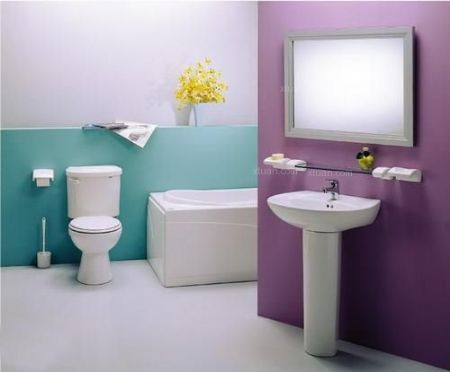
There are three main types of waterproof materials: waterproof membranes, mainly used for engineering construction, such as roofs, exterior walls, etc.; 911 polyurethane waterproof materials, containing volatile gas, strict construction requirements, and costly; new polymer cement-based waterproof materials, materials Composed of organic polymer liquid and inorganic powder, it combines the characteristics of high elasticity of organic materials and durability of inorganic materials. After coating, it forms a strong and tough waterproof coating film, which is a common choice for home defense.
Rigid waterproof material: Rigid waterproof material refers to cement, sand and gravel as raw materials, or a small amount of admixtures, high-molecular polymers, etc., by adjusting the mix ratio, inhibit or reduce the porosity, change the pore characteristics, increase each The method of compactness between the raw material interfaces is formulated into cement mortar concrete waterproof material with a certain resistance to penetration.
Flexible waterproof material: refers to a kind of waterproof material form relative to rigid waterproof material such as waterproof mortar, waterproof concrete, etc., and it is attached to the base layer in the form of waterproof coating film and waterproof roll material.
Precautions
The coil waterproof material must be laid on the base layer with sufficient rigidity. Before the paste, the leveling layer should be applied. The outer layer of the waterproof layer should be provided with a protective layer. The corners of the flexible material, the joints and the head should be made to ensure waterproofing. Layer continuity and tightness.